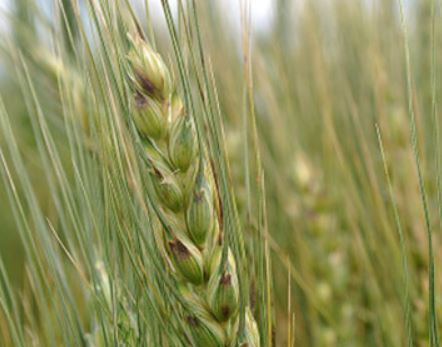
Wheat is one of the oldest cultivated crops. It has been and continues to be a popular staple, amongst all foods, for all inhabitants since our earliest history. Today, wheat continues to be one of the most important food grains. FAO (Food and Agriculture Organization) claims that wheat is grown on more land area than any other commercial crop. Not only is wheat a significant part of the human diet, it’s also proves valuable as a primary source of animal feed, as well as to industrial products.

Preventative Measures as a Practice for Yield Protection
Preventative disease management is the best farm management practice to reduce yield losses due to leaf spot diseases. Disease management measures that every farmer should follow include:
Planting of resistant and less susceptible varieties
Practicing crop rotation
Using pathogen-free, quality seeds
Planting of seeds treated with fungicide to reduce the risk of seedling infections
Proper crop residue management
Regular tracking of weather conditions
On-time fungicide application.
Among the aforementioned farm practices, three are shown to be best for managing wheat leaf spot diseases:
Planting of resistant varieties; one of the least expensive and most effective management practices
Crop rotation; a practice that reduces the initial inoculum of fungal leaf spot pathogens
Fungicide application; a practice that prevents the disease from spreading onto the flag leaf.
Along with these preventative measures, farmers also have a wide range of modern farm technologies available to them that are able to assist in reducing the occurrence of insect pests and diseases, with saving the yield being the main goal. Whether they use some type of crop and field sensor, modern machinery, for comprehensive farm management, farmers can protect their crops from devastating pests and take control of their farm production.


